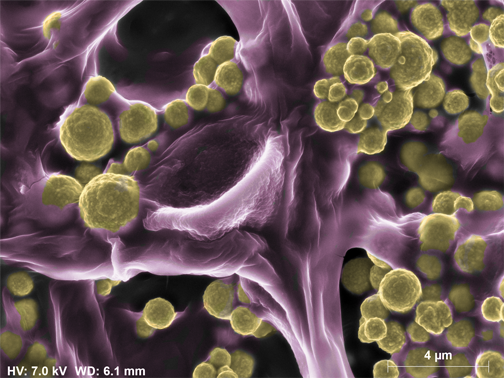Australia is one of the world’s most important gold-producing countries. The World Gold Council has several member companies operating in the country, each of whom make a significant contribution to the success of gold mining there. In 2018, Australia produced 315 tonnes of gold, making it the world’s second largest producer country behind China.
The country is also a leading hub for research and development in the mining sector. Australia’s national science agency, the Commonwealth Scientific and Industrial Research Organisation (CSIRO), is at the forefront of much of this work and their most recent report has generated considerable interest.
One of the most challenging aspects of gold mining is to quickly and accurately identify economically viable deposits of the metal. The decision to construct a large mine represents a huge investment and, as such, traditional exploration is extremely costly and time consuming; a company simply needs to be absolutely certain about its investment.
Coloured image of the gold-coated Fusarium oxsporum fungi
CSIRO has long been involved in researching ways by which exploration may be made more efficient. One strand of this research has focused on identifying environmental and biological clues which may point to the location of high-quality gold deposits. In 2012, a team from the organisation published a paper in a leading Geochemistry journal which suggested that termite nests located nearer to gold deposits were richer in gold than termite nests farther away, potentially offering a simple and cheap locational ‘clue.’1 The following year saw a manuscript published in Nature Communications which described how tiny particles of gold can be adsorbed into the roots of eucalyptus trees as they extend deep into the ground in the search for water sources2. According to a recent Economist article, this theory has been proven commercially interesting with the experimental identification of a thick vein of gold 30 metres below the surface3. CSIRO’s most recent publication suggests that a specific type of fungi attach gold to their strands by dissolving and precipitating particles from their surroundings. If identified, the location of these fungi may offer clues for finding new gold deposits4.
Traditional gold exploration will not stop anytime soon; however, as the search for new gold deposits continues to challenge companies around the world, it’s quite possible that new environmental clues will become of increasing interest and relevance in the ongoing quest for the metal.
https://www.csiro.au/en/News/News-releases/2019/Gold-coated-fungi-are-the-new-gold-diggers

